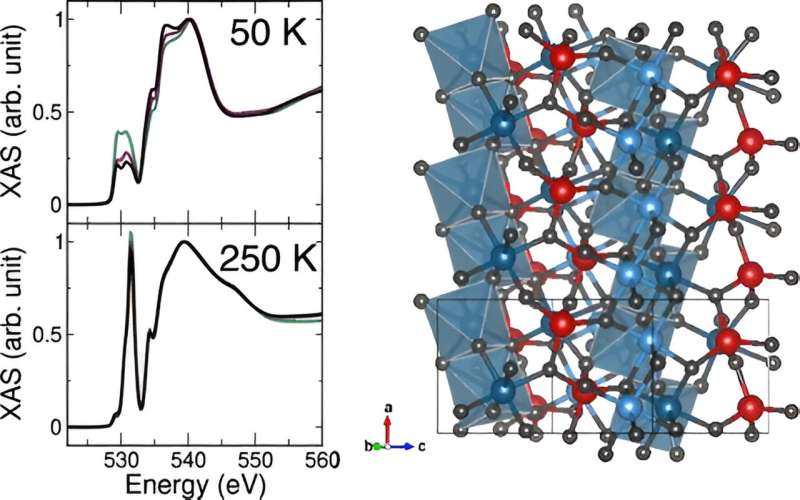This article has been reviewed according to Science X's editorial process and policies. Editors have highlighted the following attributes while ensuring the content's credibility:
fact-checked
peer-reviewed publication
trusted source
proofread
Nanoscale rust: The future of magnets?

Every motor we use needs a magnet. University of Manitoba researcher Rachel Nickel is studying how rust could make those magnets cheaper and easier to produce.
Her most recent paper, published in the journal Nano Letters, explores a unique type of iron oxide nanoparticle. This material has special magnetic and electric features that could make it useful. It even has potential as a permanent magnet, which we use in car and airplane motors.
What sets it apart from other magnets is that it's made from two of the most common elements found on earth: iron and oxygen. Right now, we use magnets made out of some of the rarest elements on the planet.
"The ability to produce magnets without rare earth elements is incredibly exciting," says Nickel. "Almost everything that we use that has a motor where we need to start a motion relies on a permanent magnet".
Researchers only started to understand this unique type of rust, called epsilon iron oxide, in the last 20 years.
"Now, what's special about epsilon iron oxide is it only exists in the nanoscale," says Nickel. "It's basically fancy dust. But it is fancy dust with such incredible potential."
In order to use it in everyday technology, researchers like Nickel need to understand its structure. To study epsilon iron oxide's structure in different sizes, Nickel and colleagues collected data at the Advanced Photon Source (APS) in Illinois, thanks to the facility's partnership with the Canadian Light Source (CLS) at the University of Saskatchewan. As the particle sizes change, the magnetic and electric traits of epsilon iron oxide change; the researchers began to see unusual electronic behavior in their samples at larger sizes.
Nickel hopes to continue research on these particles, pursuing some of the stranger magnetic and electric properties.
"The more we are able to investigate these systems and the more we have access to facilities to investigate these systems, the more we can learn about the world around us and develop it into new and transformative technologies," she says.
More information: Rachel Nickel et al, Nanoscale Size Effects on Push–Pull Fe–O Hybridization through the Multiferroic Transition of Perovskite ϵ-Fe2O3, Nano Letters (2023). DOI: 10.1021/acs.nanolett.3c01512
Journal information: Nano Letters
Provided by Canadian Light Source



















